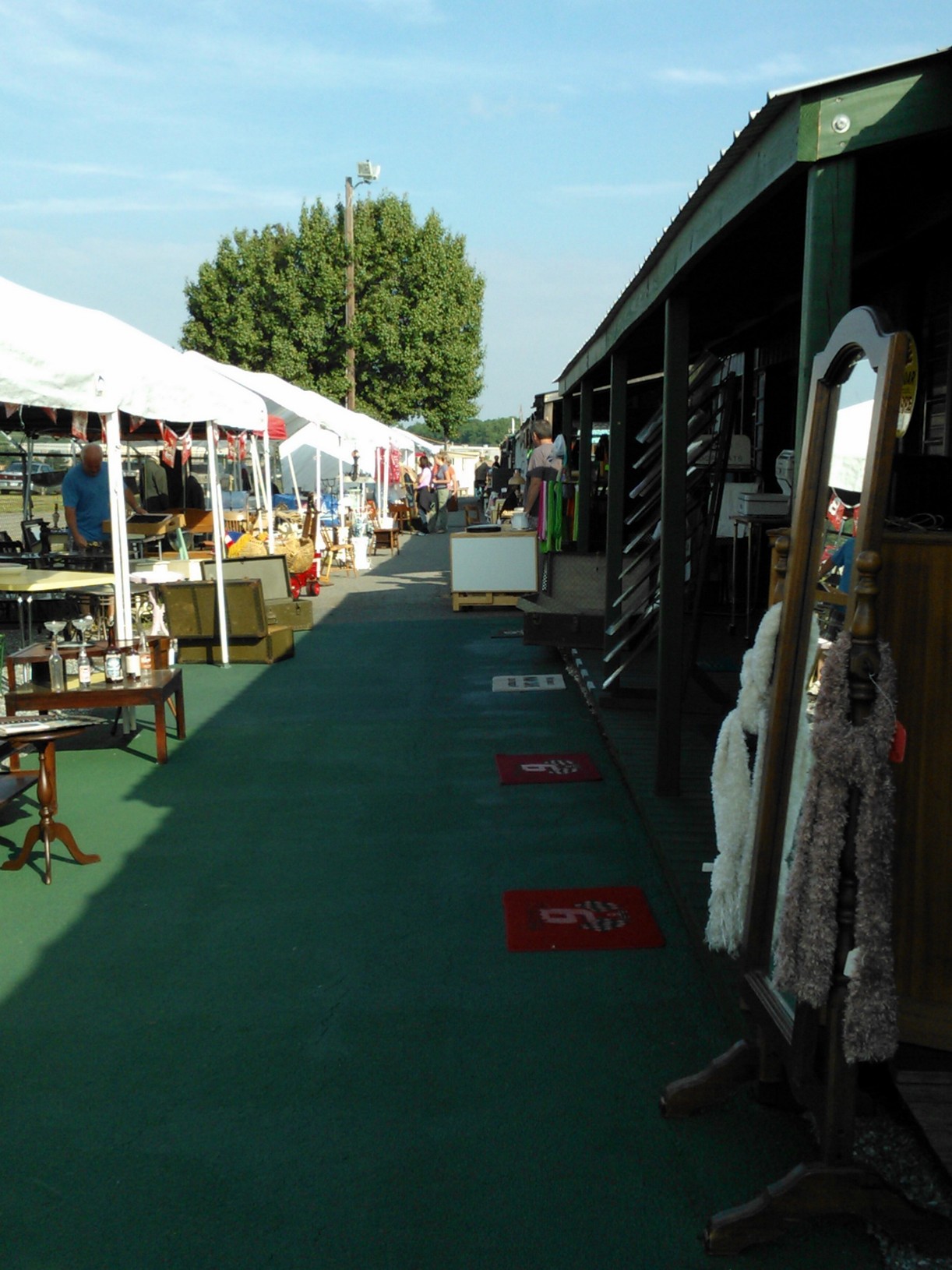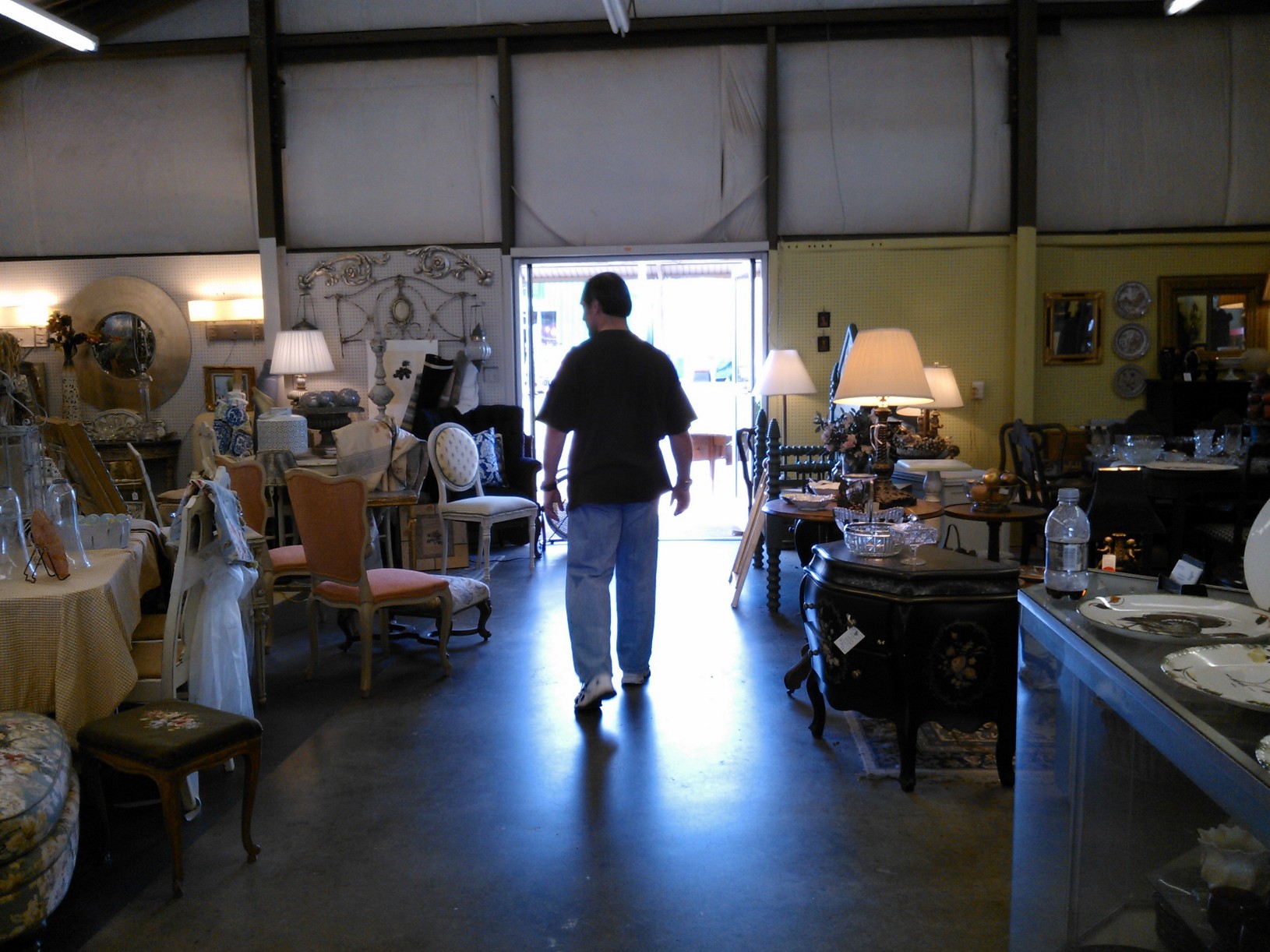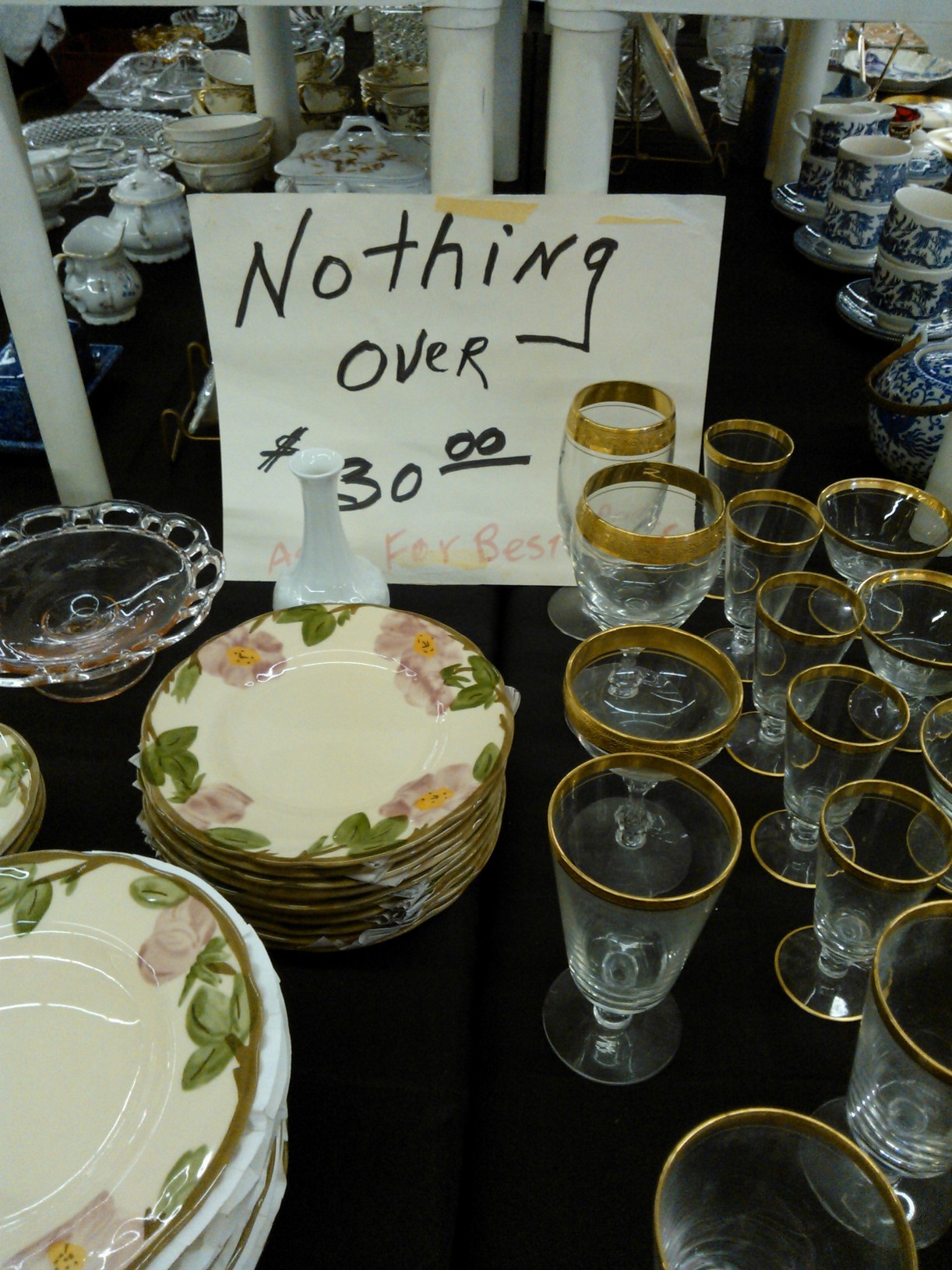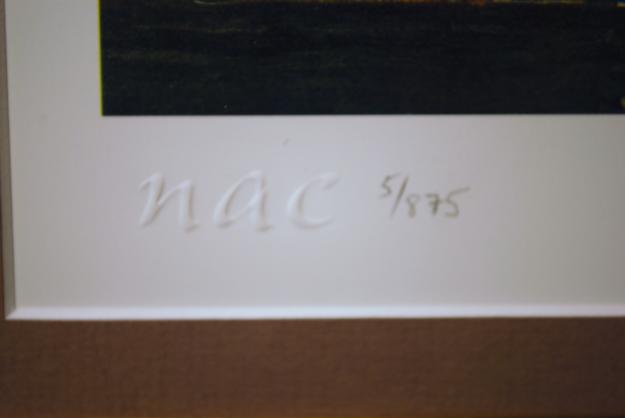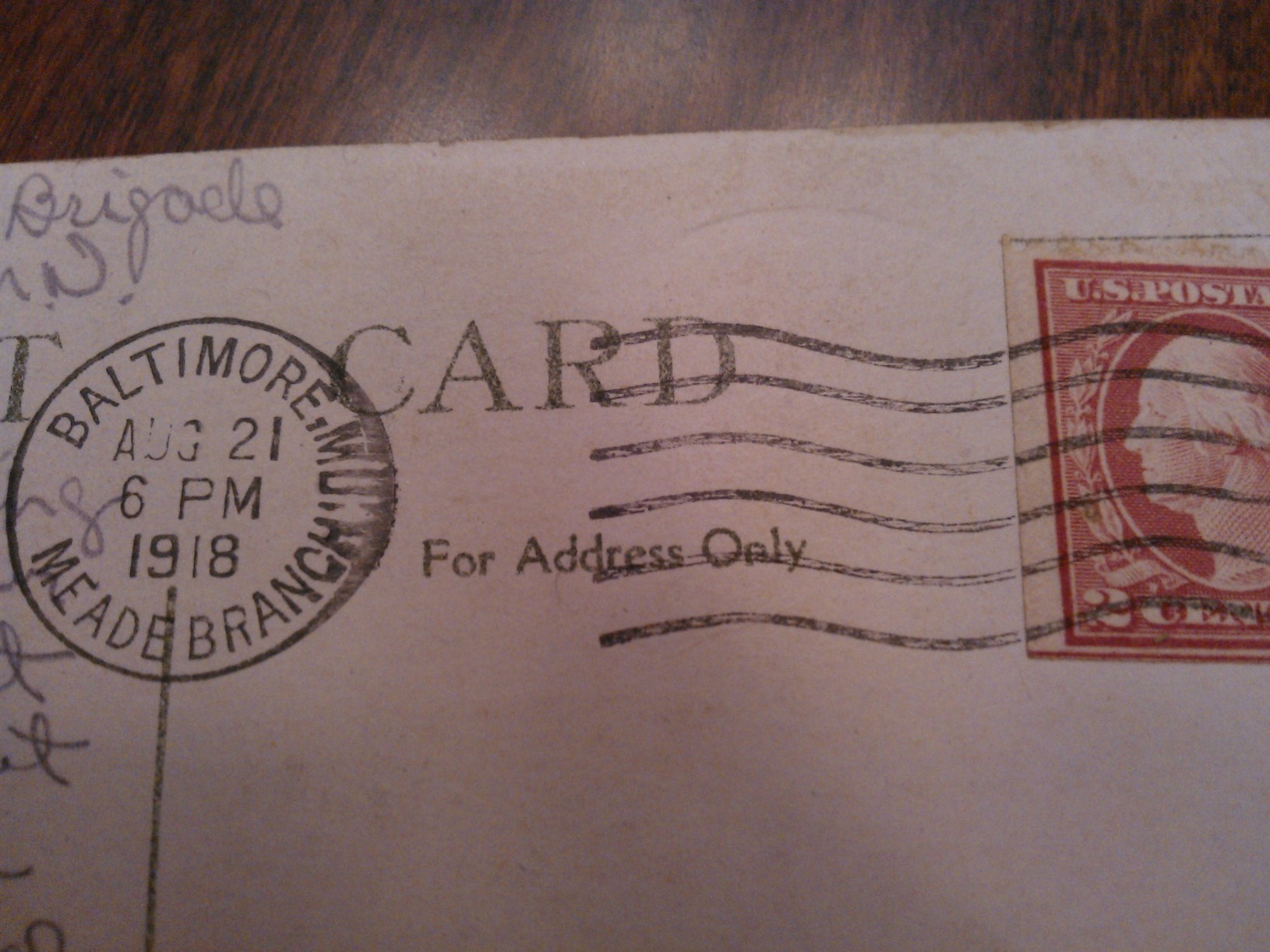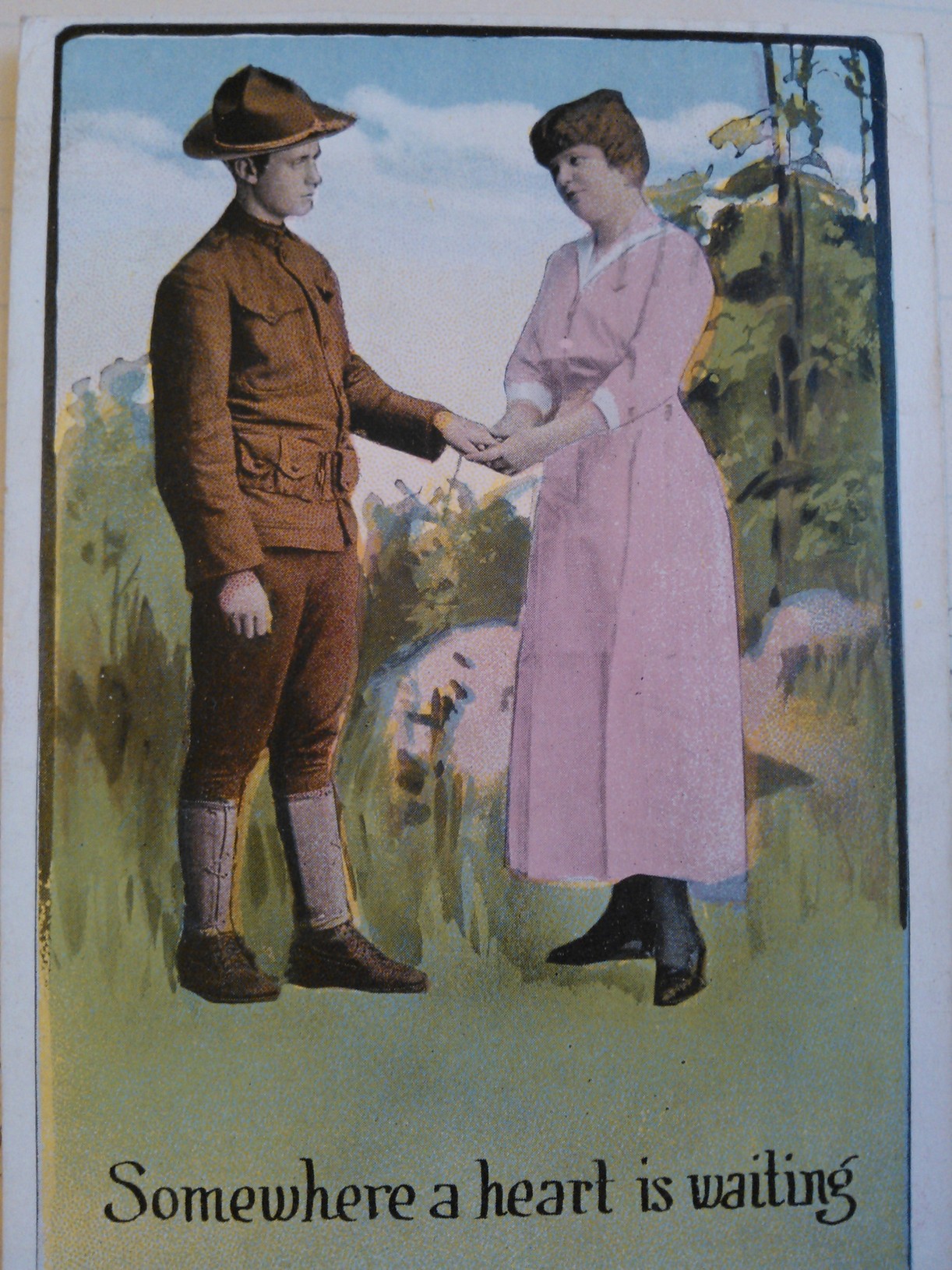It is not unusual to meet with families sorting through an estate on their own and making serious mistakes. Through no fault of their own, they are following their logic. Since they don’t have the benefit of knowing the correct process and sequence of things, knowing the industry, collectibles, antiques, and the overall market, they soon find themselves “guessing” and that is a very bad thing to do.
Families, executors, and attorneys hire estate professionals so we can guide the family in knowing what has value, what doesn’t, what is sellable, what is not, options for selling, resources for selling, what to throw away, and what to keep. This is what we Estate Consultants do to maximize proceeds and offer peace of mind to our clients, knowing they are making the right decisions.
Let me tell you a story about what just happened.
I love sterling silver rings. Besides wearing them, they are a good investment as a precious metal. I had been watching a large lot of rings on eBay and won it at a very fair price. When the rings arrived, I looked at them and found a huge surprise. One ring stood out; I knew instantly it was Imperial jade, and one of the largest pieces of Imperial jade I had ever seen. Even a small slab of this jade is very expensive and sought after. The setting was platinum and not sterling. It was, at the very least, a $1,500 ring thrown in with $5 sterling rings.
Someone did not do their homework or did not take the time to do enough homework.
I attempted to contact the seller on eBay, but they never replied.
Moral to the story:
Haste makes waste. It is worth hiring an expert to avoid hasty, and costly, mistakes. No one can possibly know everything. Bringing in professional help is an inexpensive insurance policy that you are making the right decisions for the distribution and dissolution of a loved one’s personal property.
©2014 The Estate Lady®
Julie Hall, The Estate Lady®, is the foremost national expert on personal property in estates, including liquidating, advising, and appraising. http://www.TheEstateLady.com She is also the Director of American Society of Estate Liquidators®, the national educational and resource organization for estate liquidation. http://www.aselonline.com.
No part of The Estate Lady® blogs, whole or partial, may be used without Julie Hall’s written consent. Email her at Julie@TheEstateLady.com



